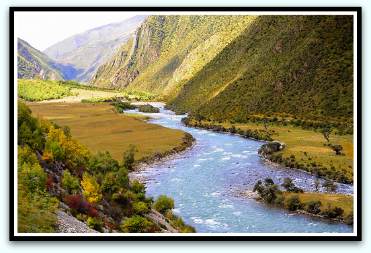|
Tibetan herbal medicine
Introduction[Top] Tibetan herbal medicine is an extremely important part of the Tibetan medicine system. As well as the health benefits it provides an important source of income for the Tibetan communities.
Tibetan herb catergories[Top] Tibetan herbs are put into the following categories.
Medicine of the plains and herbaceous are sorted out in their categories according to several criteria. These are biological, environmental and morphological. Woody medicine category is sorted according to the existence of woody organs.
Gathering herbs and making formulas[Top]
Tibetan medicine uses powders and decoctions. Tibetan doctors make use of pills which are typically made from a big amount of herbs (usually eight to twenty five ingredients). The advantages of pills are the following
In the past the availability of a wide range of ingredients for doctors was a problem. This was due to
If practioners wanted to make formulas for decoction, then they would prepare a small amount of various pills at more central facilities and carry it to their patients. A lot of doctors had to be satisfied with a collection of two dozen formulas. Tibetan pills were usually big and hard and took a lot of time to prepare. Each herb was first processed meticulously then mixed and preserved.Some herbs are difficult or costly to get. Some medicinal plants are very rare and grow beyond fifteen thousand feet. You can explore the area in the map below.
Return from tibetan herbal medicine to natural healing home
|
Loading



